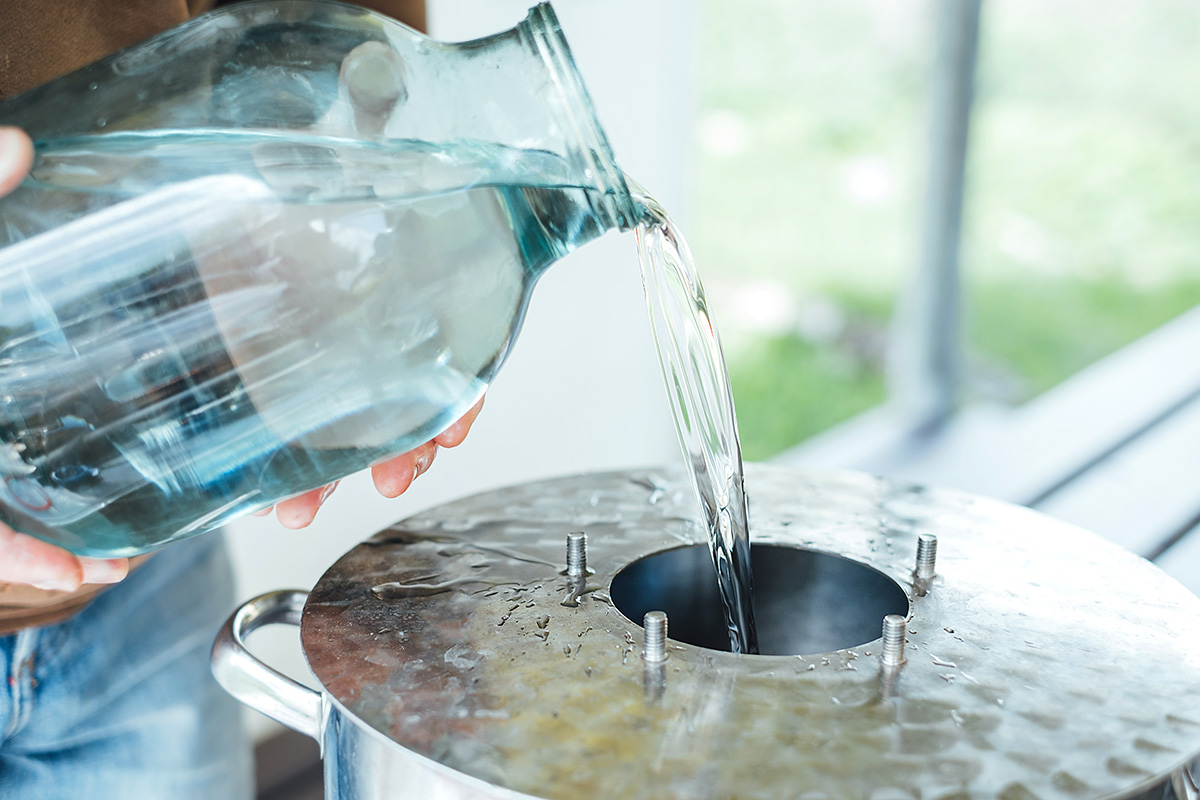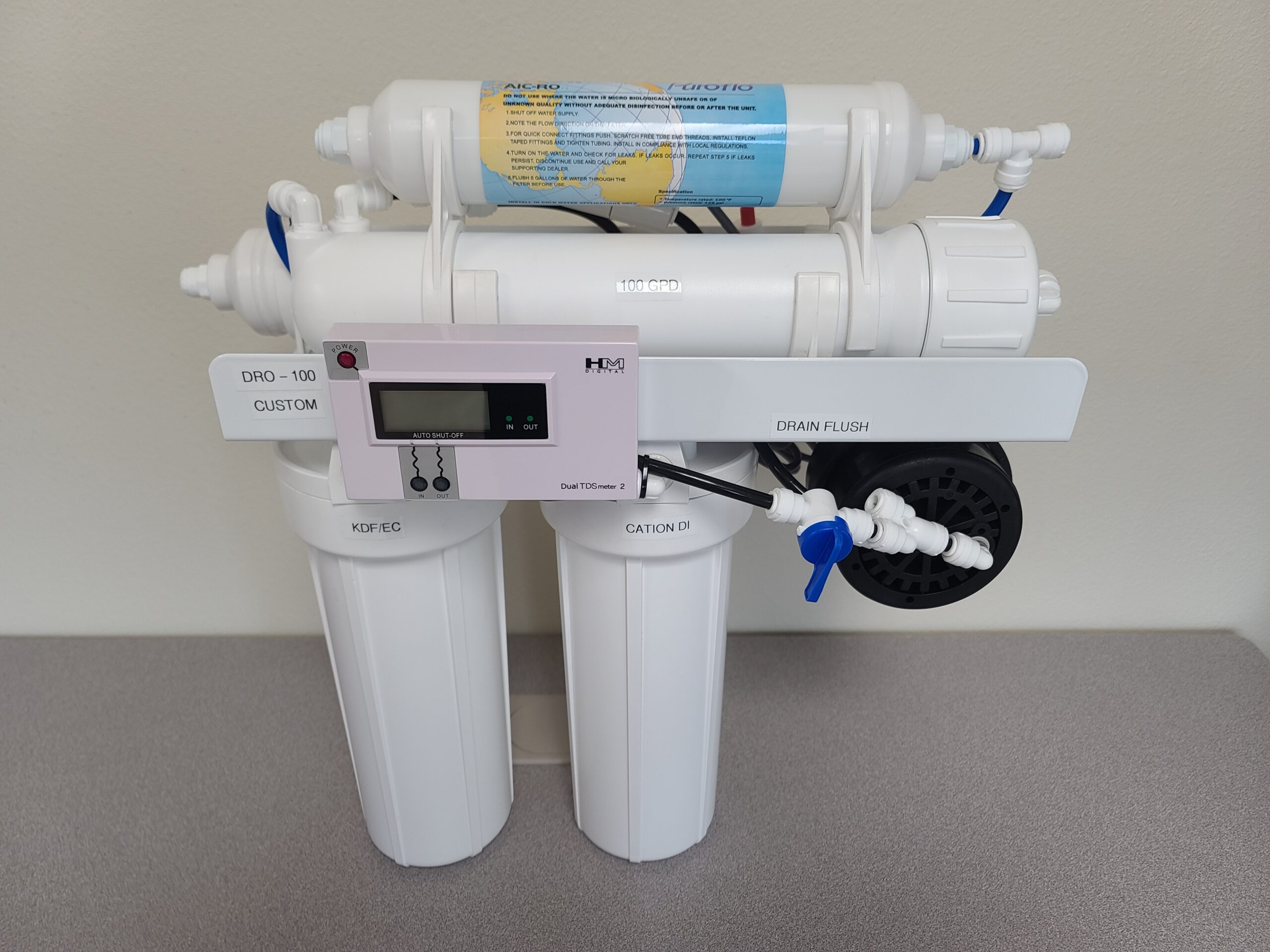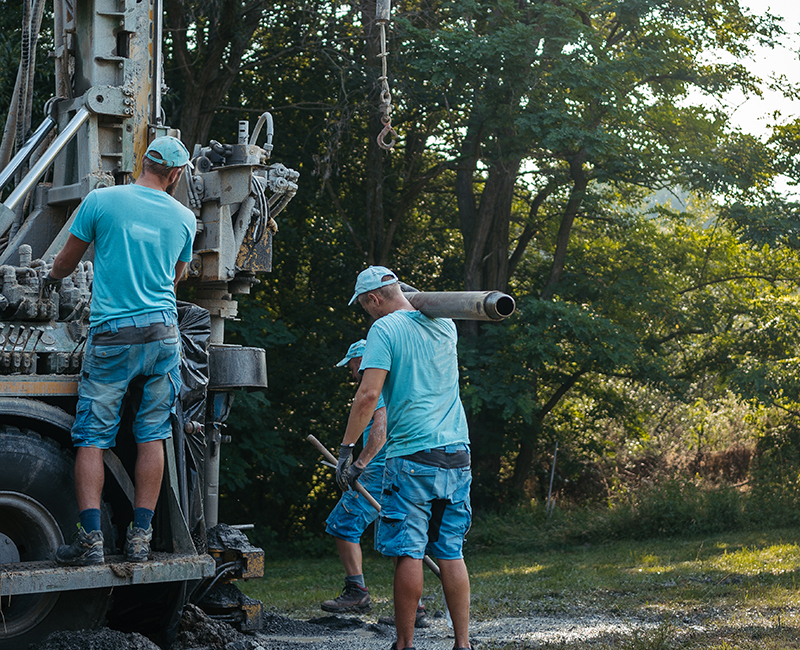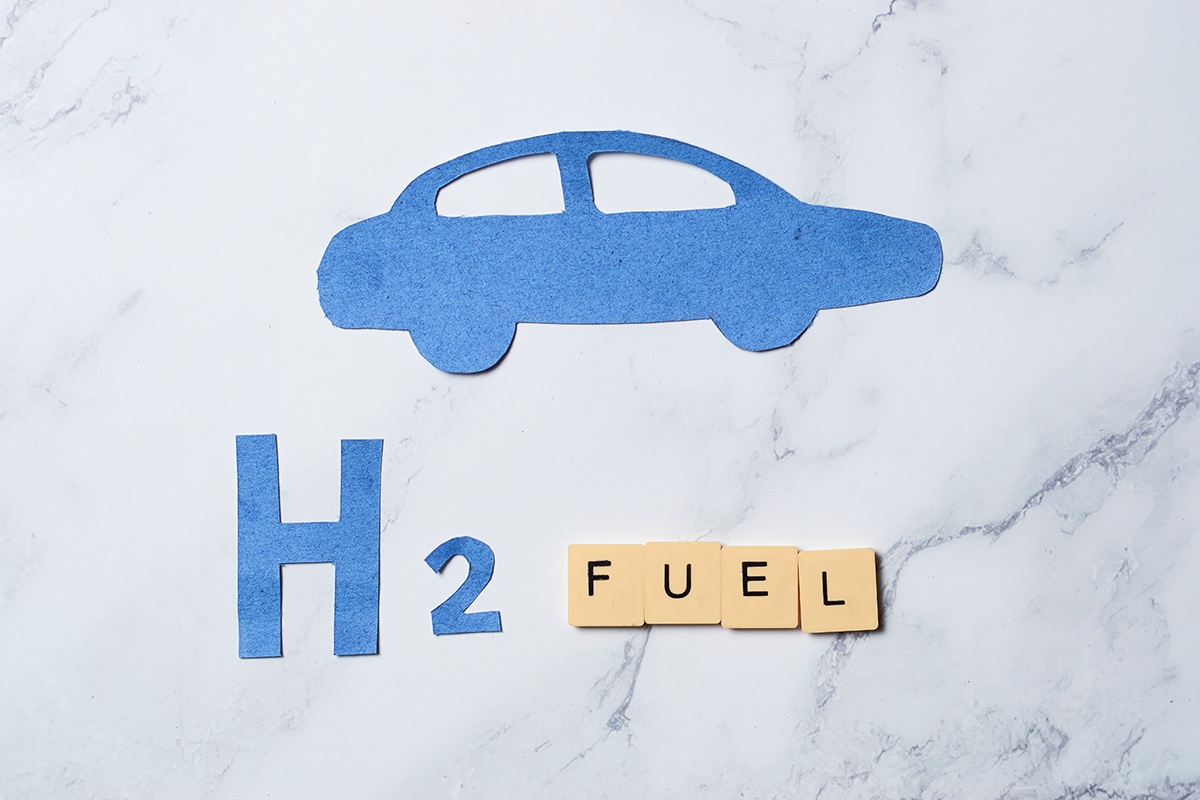Pharmaceutical Leftovers In Our Water
In the last 10 years, traces of pharmaceutical leftovers and personal care products (PPCPs) have been reported in the water cycle. Surface waters, wastewater, groundwater and to a lesser extent drinking water have been contaminated with PPCPs at levels in the nanograms to low micrograms per liter range.
Although they have an impact on human health, PPCPs have a much greater impact on fish, other aquatic wildlife and the environment in general. But what can we do about it? Proper disposal of PPCPs can prevent misuse of pharmaceuticals and keep the environment free from contamination.
What Are PPCPs and How Do They Get into Our Water?
Pharmaceuticals and personal care products include a wide range of drugs and care products:
- prescription and over-the-counter drugs
- veterinary drugs
- cosmetics
- fragrances
- sun-screen products
- diagnostic agents
- nutraceuticals (vitamins for example)
PPCPs get into our water from many different sources as a result of improper disposal. Pharmaceutical industries, hospitals, medical facilities, households and agricultural areas have a big impact on the environment due to operations involving a wide range of PPCPs. Pharmaceuticals, including sex hormones, antibiotics and antidepressants have been found in at least 41 million American’s drinking water supplies!
There is a growing concern about the pharmaceuticals’ contribution to health problems. Also, biological impacts of exposure to higher concentrations of PPCPs in untreated water can lead to:
- feminization of male fish and masculinization of female fish
- delayed sexual development in fish
- embryo mortality
- abnormal hormone levels
- structural and neurological damages
The animation below was funded by the European Union within the research project PHARMAS and was conceived for a general educated public with no prior knowledge of the PPCPs issue.
How Do I Properly Dispose of PPCPs?
Depending on the source and the ingredients, there are various ways in which the public can properly dispose of pharmaceuticals and personal care products. Often, there are community drug take-back programs that collect drugs at a center location for proper disposal. The United States Drug Enforcement Agency (DEA) periodically promotes local take-back programs and the program called the National Take Back Initiative.
However, if no program is available, the Environmental Protection Agency and the Office of National Drug Policy emphasize on following the subsequent measurements:
- take the prescription drugs out of their original containers
- mix drugs with cat litter or used coffee grounds
- place the mixture into a disposable container with a lid (sealable bag for example)
- cover up any personal identification with a black marker that is on the original pill containers
- place these containers in the bag with the mixture, seal them and place them in the trash
Although logistically challenging, removing pharmaceutical traces from drinking water is no impossible task. Reverse osmosis systems are widely agreed upon as the best available treatment method, removing heavier molecular particles common in many pharmaceutical drugs. RO systems also filter small impurities and remove contaminants such as arsenic, fluoride, lead, sodium, nitrate and nitrite, cysts, copper, chloride taste and odor, and dissolved solids. Dime Water provides both commercial and residential RO systems. Call us during our normal business hours at 760.734.5787 and get in touch with one of our water experts today!
Resources:










